Tropical Thunder: ’76 Brazilian Charger stands alone in North America
Chrysler has an extensive history of growing forbidden fruit outside of its home market. The most famous example is early-1970s the Australian Valiant Charger, a Hemi-headed, six-cylinder muscle machine that tore up the Outback during roughly the same years that its Detroit-built cousins were cruising Woodward Avenue.
Even more obscure is the coupe of the same name—and era—that was built and sold exclusively in a single South American country.
Brazil’s Dodge Charger, like its Down Under contemporary, rode on Chrysler’s familiar A-body platform but went in an almost entirely different direction when it came to styling and performance. Chrysler elbowed its way into the Portuguese-speaking nation by buying out French automaker Simca’s operation there, yielding a mix of European and American design aimed at Brazilian buyers. That combination, perhaps unsurprisingly, led to a truly unique vehicle that puzzles even diehard fans of the Dodge brand.
Examples of this alt-Charger are rarely seen away from the streets of Sao Paolo. But if you hit Montreal, Quebec during the summer months you may cross paths with Joao Felipe Heck, owner of the only Brazilian Charger currently roaming North America.

A Dart by any other name
Chrysler introduced the Dart to Brazil in 1969, specifically the four-door model that had originally debuted in the U.S. three years earlier. As of 1971, a coupe joined the lineup and adopted the Charger name, selling in R/T, LS, and SE trim levels.
While this early-Charger-redux’s profile will be immediately familiar to anyone with an eye for A-bodies, there are a few key visual differentiators compared with its American counterpart. The most obvious is the roofline, which was extended to match the flying buttress look of the larger B-body Charger. Most unusual is the full-frontal grille that shrouds the vehicle’s headlights.


Heck’s car is a 1976 model, and as he explains, such latecomer Chargers contain very few differences from the initial run.
“The entire car is basically a 1969 Dart,” he said. “Only very small changes were made over the course the first few years of production,” including the introduction of a split grille in 1973 and a few taillight updates. “The easiest way to identify model years for early Chargers are the side stripes, which changed every year.”
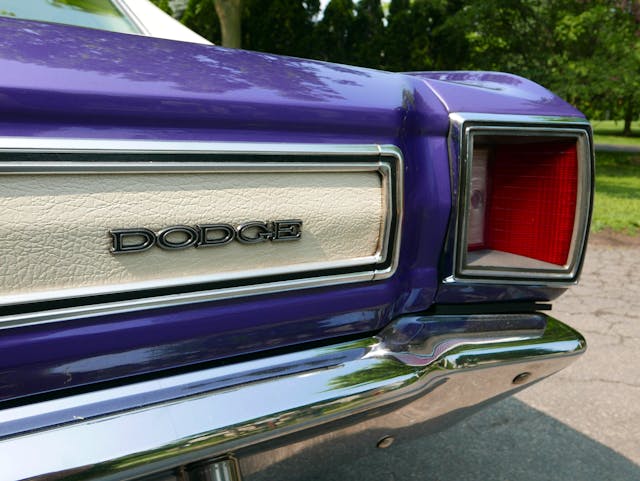
The entire Brazilian Dart family was updated for 1979, mixing American cues from ’73 at the front and ’74 at the rear. The Charger got chunkier, matching the “Magnum” luxury coupe that rode on the same bones. Although it remained in the lineup until 1981, the new luxury look effectively ended the coupe’s reputation for sportiness, with the R/T disappearing a year before overall production was terminated. The timing was no coincidence: Volkswagen had already negotiated the purchase of Chrysler’s alarmingly bankrupt Brazilian manufacturing base in ’79, the same year the Charger underwent its only major facelift.
“If you look at the final year Dart, all of the VIN plates say “Volkswagen Trucks,” said Heck, with a laugh.
V-8 street warrior
While the look of the Brazilian Charger experienced a late-life re-think, its drivetrain remained remarkably consistent throughout its tenure in Dodge showrooms. Right from the beginning the coupe was equipped exclusively with a 318-cubic-inch version of the LA V-8, good for around 200 horsepower on the basic Dart and Charger and 230 horsepower for higher-compression versions. A three-speed manual was originally standard, with a four-speed and an automatic later joining the party.
While 318 cubes might not seem like much in light of the big-block arms race meanwhile playing out in America, in Brazil it helped make the Charger a top dog when it came to street action.

“Brazil banned imports from 1974 all the way until the early ’90s, because it was trying to develop its own national automotive industry,” explained Heck. This meant that the Charger’s main competition in terms of performance was the Ford Maverick (which sold a handful of V-8 models in a sea of six and four-cylinder editions), and the Chevrolet Opala (a re-skin of the Opel Rekord that never offered an eight-cylinder engine).
“When I was growing up in Brazil, it was very much Opala vs. Charger out on the streets,”Heck reflected. “The Chevrolet’s V-6 was strong even against the Dodge’s V-8, which was pretty terrible with a restrictive, leaky carb from the factory. The first thing we did back then was rip it off and replace it with a Quadrajet.”

Making the migration
Heck’s ’76 Charger took a circuitous path from its native Brazil to the chillier climes of Quebec.
“I bought the car in 1989 from the estate of the original owner. I was 17, and I had grown up around my father’s Chargers, so it made perfect sense as my first car,” he said.
After handing over $1500, Heck began meeting other people who shared his automotive passion, and it wasn’t long before a group of like-minded Mopar fans got together and rented a small warehouse where they could wrench. “I essentially spent my 20s there,” he said. “We had a kitchen, BBQ, tools, the whole setup, where we could party and rip our cars apart.”
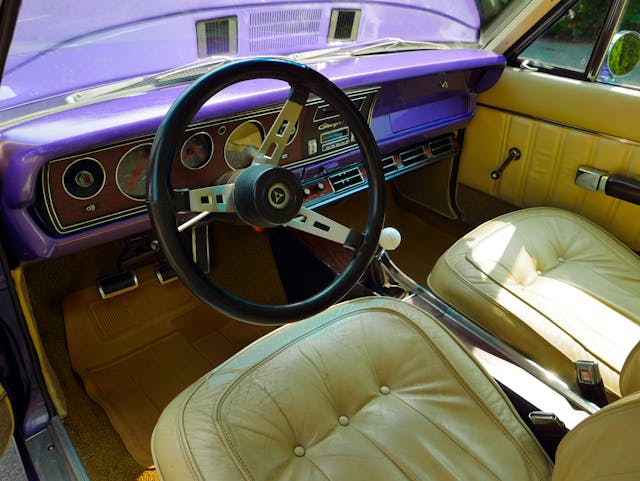
Heck’s Charger was clean and straight from the beginning, although the interior had been destroyed by the previous owner’s unusual attempt to restore its leather seats by painting them. “Originally it was white with a black vinyl roof, completely rust-free. Over time it collected dings here and there, because we were young and getting a little crazy, and I eventually repainted it Plum Crazy, a color I loved but that we never had in Brazil.”
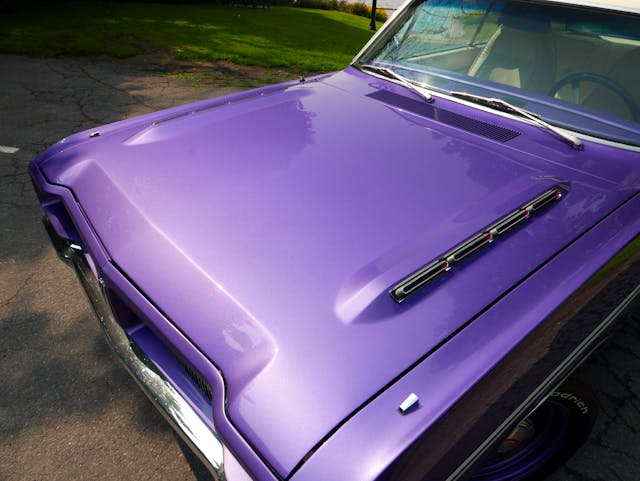
When Heck moved to Canada in 2001 he left the Charger at his father’s place back home and spent years settling for brief drives during family visits. In 2008, with enough garage space of his own in Montreal, he finally arranged for his beloved coupe to be transported the 5000 miles or so up the coast, a journey that required a container, a truck, two different cargo ships, and finally a train ride across the U.S.-Canada border before they were reunited for good.
Although he downplays his personal mechanical ability, Heck has always done all of the work on his Charger himself. That didn’t change once the car was back in his life on a permanent basis. The 318 had been warmed up with a small cam and headers, but it eventually snapped a valve spring and damaged the cam lobes, which gave him the opportunity to upgrade to a 400-horsepower, 408-cubic-inch small-block crate stroker from Summit Racing. Later, he fit a Holley Sniper fuel injection system and moved from a four-speed to a five-speed gearbox to help improve the car’s street manners.
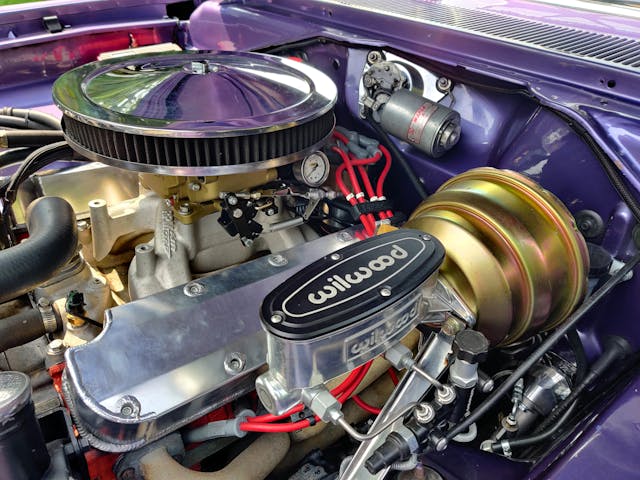
Under-the-hood work was relatively straightforward and trouble-free (with the car still making use of its factory AC system today), but other repairs proved challenging given the Brazilian Charger’s mixed heritage.
“When the differential went bad, that’s where the problems started,” said Heck. “Since Chrysler was using Simca’s manufacturing facilities to build the Charger, the bolt pattern as well as the differential on the car are completely different compared to an American Dart. I ended up having to replace the entire axle along with the differential, which meant I had to change the hubs, rims, and brakes at all four corners. All because of a broken differential!”
Heck also took it upon himself to replace the worn wiring harness that was original to the car with a new, 22-channel setup over the course of a cold winter season. “It was a real patience project,” he said, but the upside was a clean, near-invisible installation and improved reliability all around.

Remember those buttresses, unique to the Brazilian model? They posed the only true body restoration snafu; the rest of the car’s metal was solid.
“Dodges from that era have a reputation for water getting in behind the windshield and under the vinyl roof covering and causing rust,” explained Joao Felipe. “For the Charger it was worse, because the welds to extend the C-pillar were of questionable quality from the factory. I eventually had a local craftsperson build a new set out of steel and graft them on in place of mine, which had completely corroded.”
Eyeball magnet
Heck’s drives his ’76 every chance he gets, and with the fuel injection system and the overdrive transmission the Charger is remarkably good in modern traffic. It can cruise at highway speeds all day at under 2000 rpm, and it has been outfitted with a larger, truck-spec muffler to fight against highway drone.
On our ride-along, the Charger’s lumpy idle and otherworldly exhaust note gave it an aura of menace, its ’60s-era handling balanced out by slingshot half-throttle blasts that threaten to snap the neck of any passengers not paying attention.

“Sometimes it’s a bit too wild at traffic lights, or in stop-and-go, where the cam makes it less than user-friendly,” he said. “The real danger I run into isn’t the car itself, but the reactions of people around me. There’s always someone zooming up alongside with one hand on the wheel and the other hand on their camera phone, which can be a bit harrowing and requires you to pay extra careful attention to everyone else on the road at all times.”
That kind of attention is likely familiar to any custodian of a sharp classic. But when your ride is painted an eye-searing purple, hails from another continent, and blends design cues from two of the most popular muscle cars of all time, it’s safe to say that the curiosity knob gets turned up to 11. Heck’s Charger might be the only one of its kind roaming above the Equator, but at the very least it will never be lonely.
***
Check out the Hagerty Media homepage so you don’t miss a single story, or better yet, bookmark it. To get our best stories delivered right to your inbox, subscribe to our newsletters.

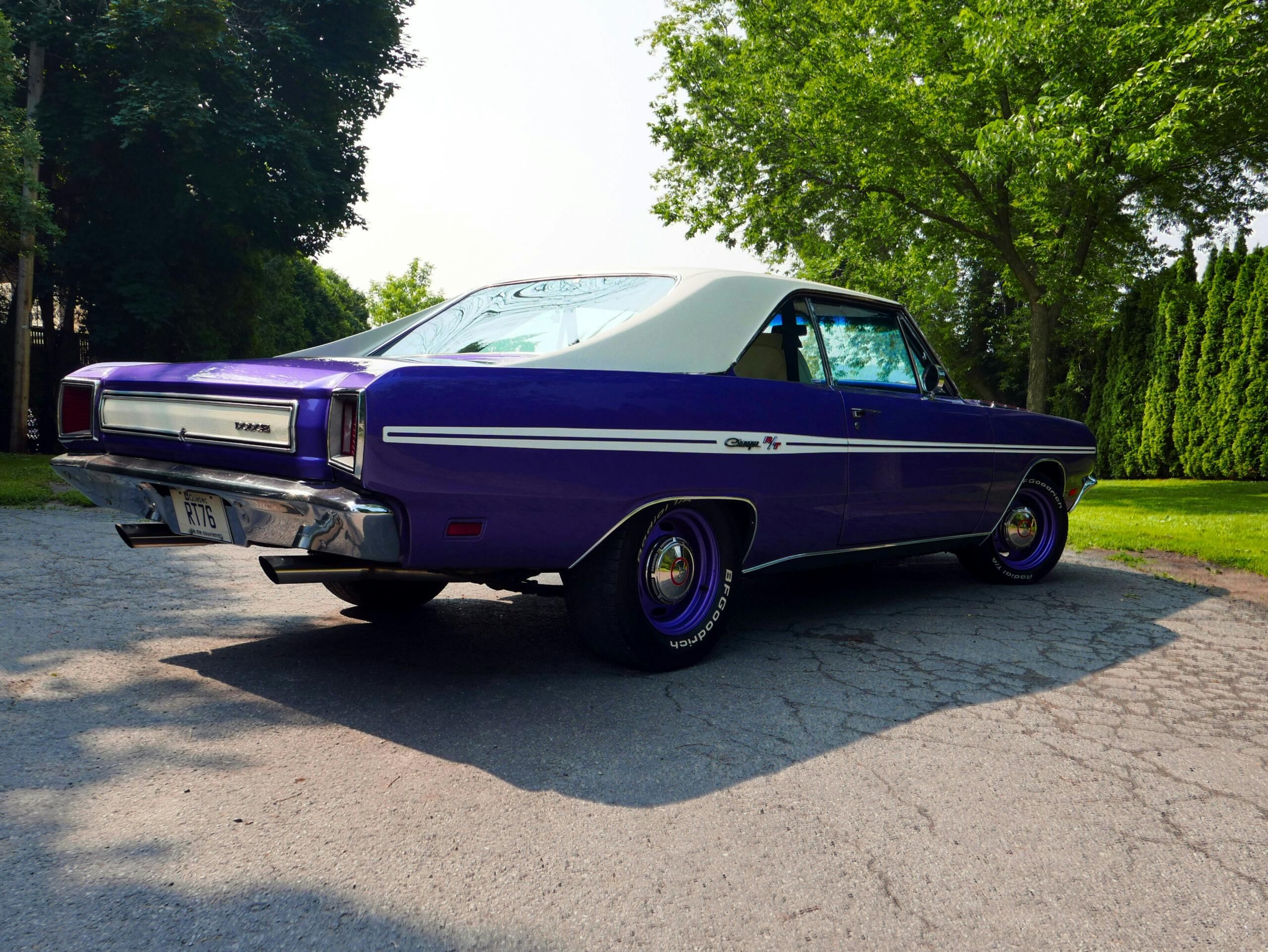
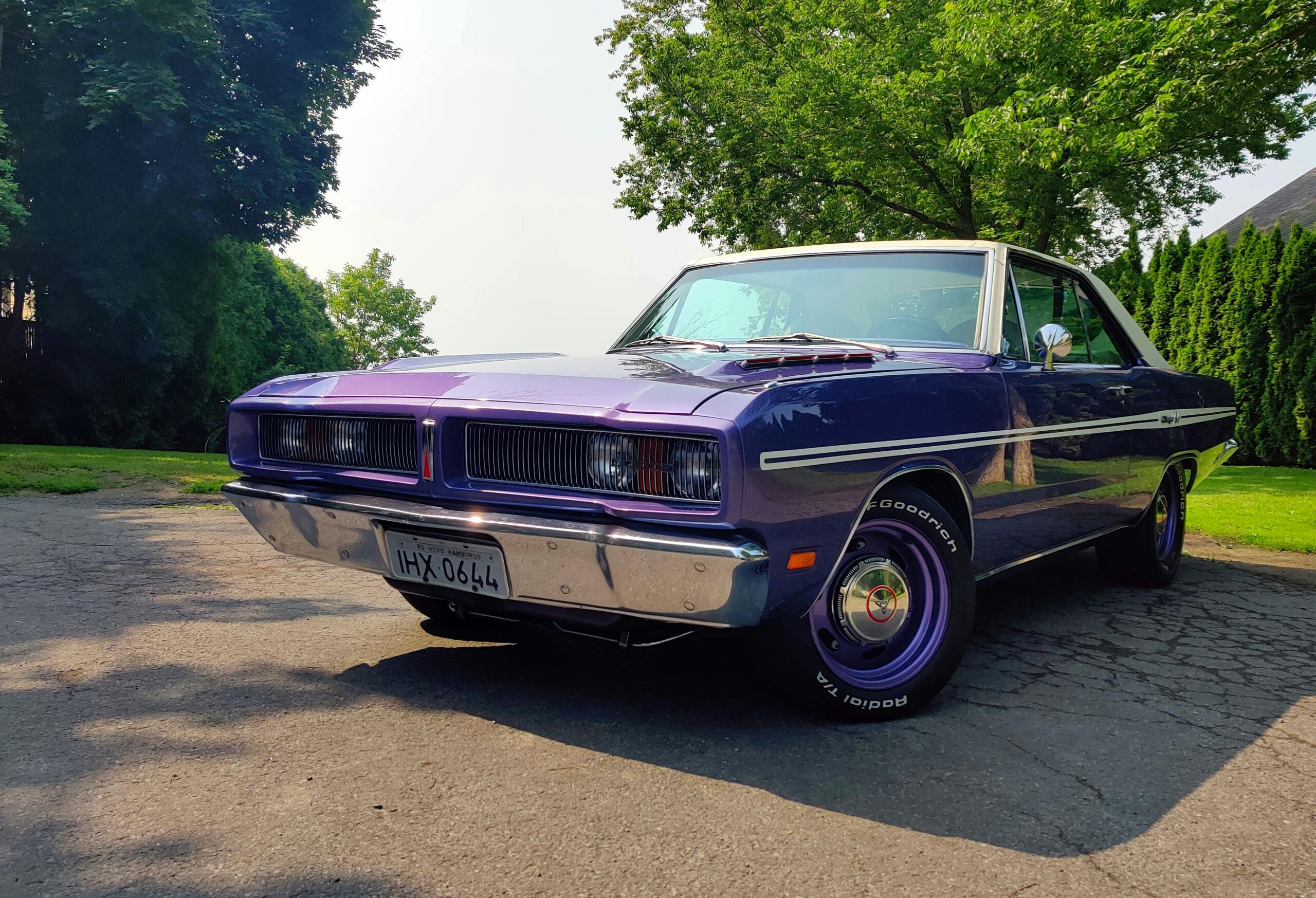
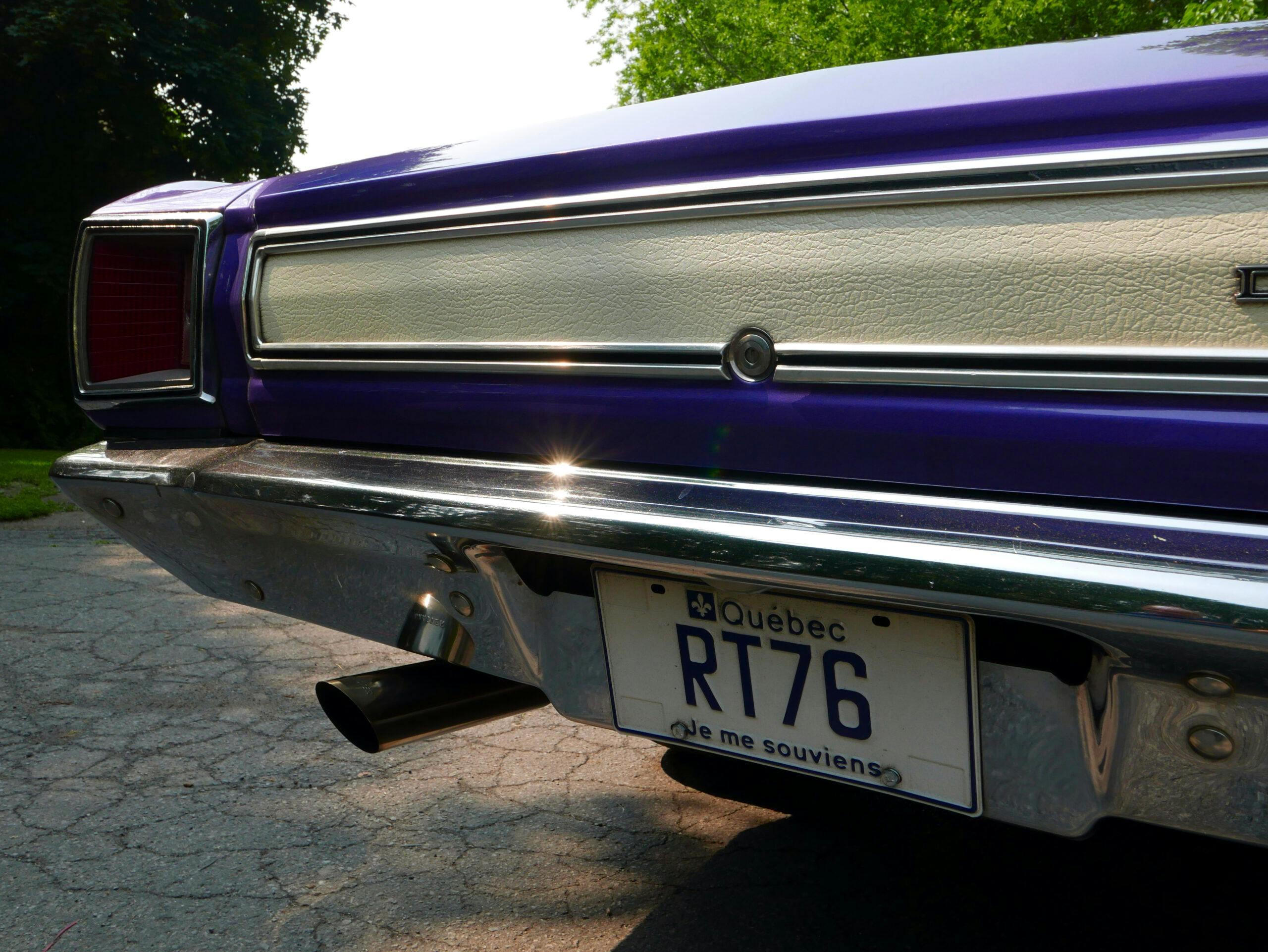
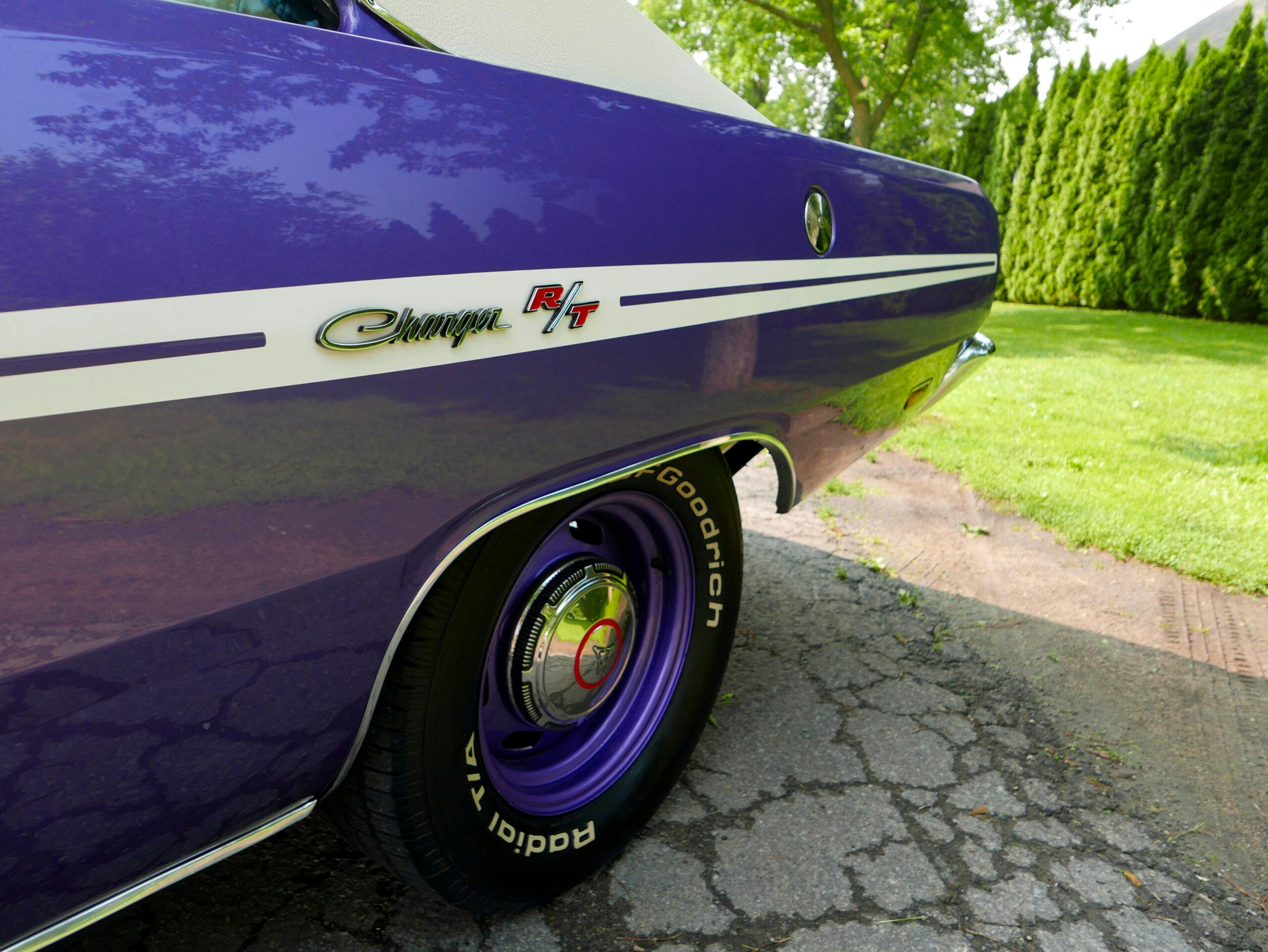
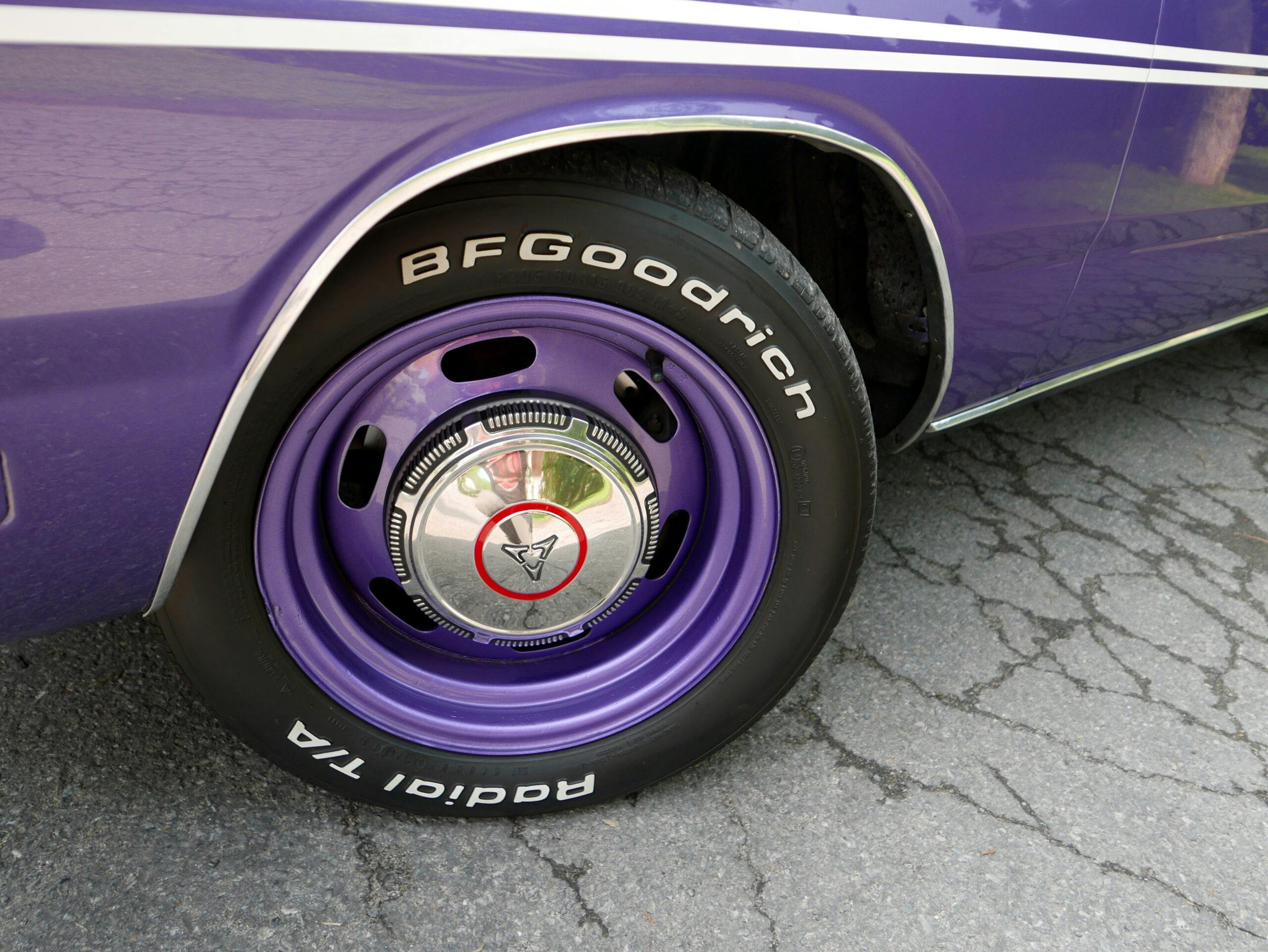


Living on the outskirts of Montreal and going to the Orange Julep every once in a while i don’t remember that beauty. You immediately say not from here but has Chrysler body line written all over it. Thumbs up. Its gorgeous
Hi, the flying buttress rear pillars also found there way onto a limited run of Australian VG hardtops and were the highest spec along with its V8 and central auto gear shift. Very rare car, my father had the lower spec VG regal 2 door hardtop flitted with a straight six hemi 245 two barrel. Fantastic car, mechanicals were fantastic but rust in later years was an issue with all valiants.
Very cool detail Allan – thanks. I didn’t know that about the VG.
Cool car and a great story.
I love the Brazilian Dodge vehicles, as well as the Australian Chrysler vehicles. I also think that the Ford Maverick also had a V8 engine option in North America as well. I also hear that a lot of people are doing LS engine and transmission swaps with the Chevrolet Opala SS. Anyway, that is a nice car, but I personally hated the super long roofline of the 1966-1967 Dodge Charger, as it makes that vehicle look unnecessarily ugly.
I like how he upgraded to Wilwood brakes. Wise move since it’s got double the stock hp.
Great to see this car outside of the home country. Based on my previous understanding I thought Brazil would not allow these vehicles to be exported.
Great story and cool, unique car! Thanks!
Great car! I’m a true Mopar guy. I still own a 71Demon 340 4speed with 14,300 original miles. Been racing 340’s since the early 70s. Your car is unique and thanks for sharing it’s history.
How did it go, “Mopar or No Car”?
I would to see that 71 demon with the 340 please
I like the shade of purple here, even on the wheels.
I have a 1969 dart gt in excellent condition dark green original paint no less all original interior , mainly for show but was a daily driver form first owner. Looks the same just labeled differently.